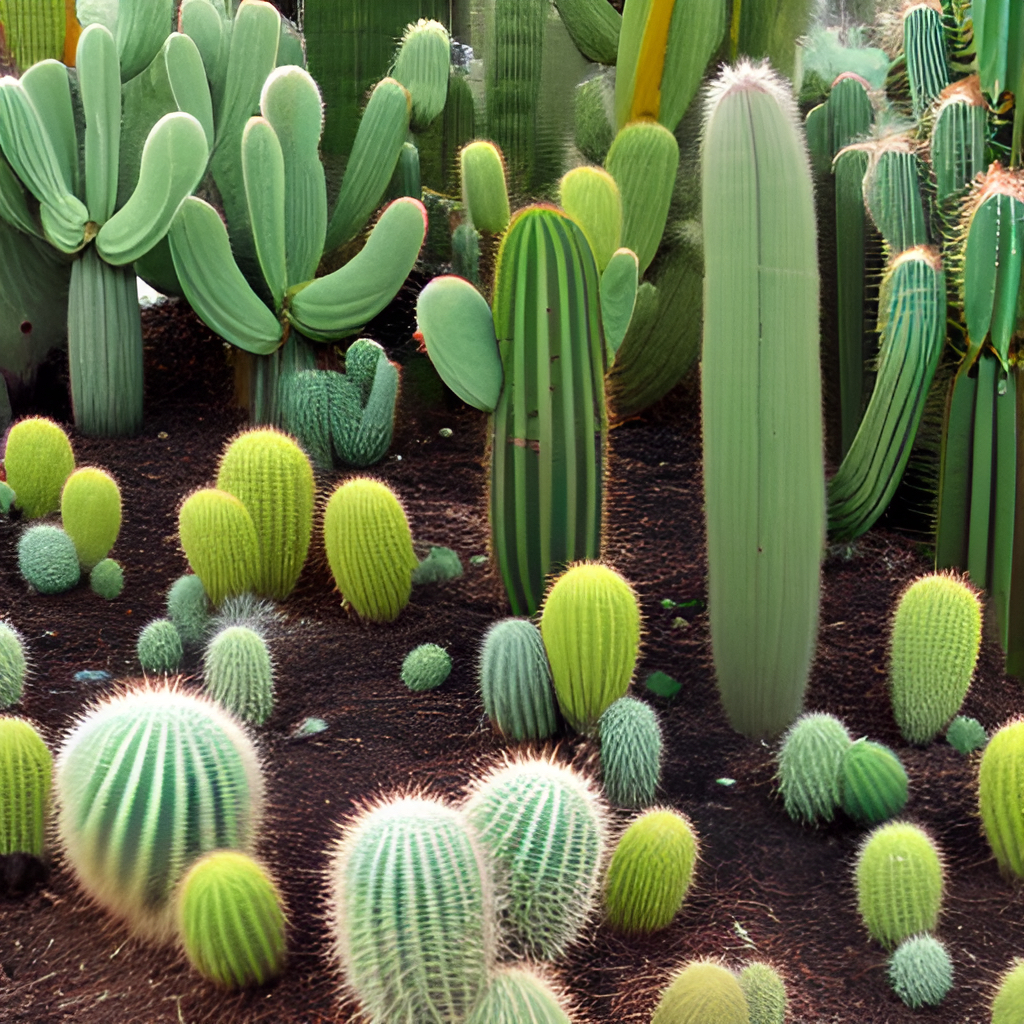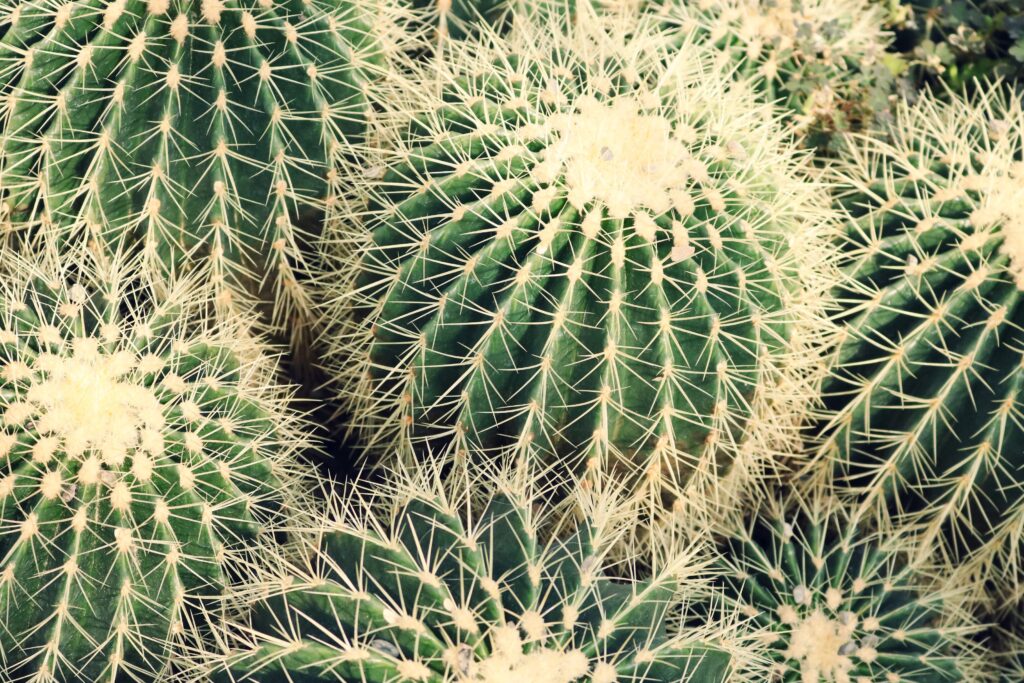Exploring The Arizona Botanical Garden
The Arizona Botanical Garden
Thinking of visiting Arizona’s Desert Botanical Garden? Nestled in the heart of the enchanting Arizona landscape, the Arizona Botanical Garden stands as a testament to the state’s remarkable biodiversity and the artistry of nature. This sprawling oasis of lush greenery, vibrant blooms, and serene pathways offers visitors an opportunity to escape the hustle and bustle of daily life and immerse themselves in the tranquility of the desert’s natural wonders. In this blog post, we will delve into the captivating features, pricing, and practical information. Looking to explore of Arizona, check our post “Things to do in Phoenix at Night”.
Practical Information for Your Visit
Largest Botanical Garden: The Desert Botanical Garden is the largest botanical garden in Arizona, spanning 140 acres of stunning desert landscapes.
Ticket Pricing: Ticket prices for the General Admission is $16.95 for adults and children. Children ages 0-2 get free admission. Membership Prices range from $89 to $25,000. Visit their site for more information about pricing at https://ticketing.dbg.org/events?category=Admission.
Duration of Visit: The time it takes to walk through the Phoenix Desert Botanical Garden varies depending on your pace and the areas you explore. On average, visitors spend around 1.5 to 2 hours exploring the main trails and exhibits. However, if you plan to fully immerse yourself in the experience and take your time, you might spend closer to 3 hours.
Walking Distance: The walking distance at Desert Botanical Garden can vary based on the trails you choose to explore. The main trails cover approximately 1.5 miles, but with the various detours and pathways, you might end up walking closer to 2 miles during your visit.

Discover the Flora of the Desert
The Arizona Botanical Garden is a treasure trove of plant species that have adapted to thrive in the arid desert climate. From towering cacti that seem to touch the sky to delicate succulents that paint the landscape with hues of green and silver, the garden showcases a breathtaking diversity of desert flora. Visitors have the chance to witness the iconic saguaro cacti, barrel cacti, agave, and more, all while gaining a deeper appreciation for the resilience and beauty of desert plants.
Saguaro cacti are particularly iconic and well-known symbols of the desert. They can grow to impressive heights and have distinctive branching arms that add to their striking appearance. Barrel cacti, on the other hand, often have a more rounded and squat shape, resembling a barrel as the name suggests. Agave plants, with their fleshy leaves arranged in rosettes, are known for their unique and often intricate patterns.
Visiting such a botanical garden not only provides a visual treat but also offers a chance to learn about the fascinating adaptations that desert plants have developed to endure the challenges of their environment. These adaptations might include water storage structures, reduced leaf surfaces to minimize water loss through transpiration, and specialized mechanisms to capture and store water efficiently.
In addition to their resilience, desert plants also contribute to the aesthetic beauty of arid landscapes. The varying shades of green and silver, along with the occasional burst of colorful blooms, create a captivating scene that showcases the harmony between life and the challenging conditions of the desert.
For visitors, exploring the Arizona Botanical Garden can be a truly educational and awe-inspiring experience. It’s an opportunity to gain insights into the intricacies of desert ecosystems and to develop a deeper appreciation for the tenacity and beauty of these remarkable plant species.
Captivating Botanical Exhibits
One of the highlights of the Arizona Botanical Garden is its meticulously curated botanical exhibits. Wander through themed gardens that transport you to different corners of the world, from the enchanting Sonoran Desert to the vibrant Mediterranean. Each exhibit is a living work of art, featuring carefully selected plants, landscapes, and even architectural elements that reflect the spirit of the region they represent. Whether you’re a seasoned horticulturalist or simply a nature enthusiast, these exhibits offer a captivating journey through the world’s diverse ecosystems.
1. Biodiversity and Adaptations: The Arizona Botanical Garden offers visitors an unparalleled opportunity to witness the incredible diversity of desert plant species, each showcasing unique adaptations that have allowed them to thrive in harsh desert conditions. From specialized root systems that explore deep into the soil to scavenge water, to waxy coatings that reduce water loss through evaporation, these adaptations are a testament to nature’s ability to find ingenious solutions to challenges.
2. Ethnobotanical Significance: Beyond their natural beauty, many desert plants have profound cultural and practical importance to indigenous communities. Visitors to the garden can learn about the historical and current uses of these plants by various cultures for food, medicine, shelter, and even spiritual practices. This highlights the deep connection between people and their environment.
3. Conservation Efforts: Botanical gardens often play a vital role in preserving endangered and rare plant species. The Arizona Botanical Garden might also house plant species that are at risk due to habitat loss or climate change. Learning about conservation efforts during a visit can inspire visitors to become advocates for protecting and preserving these fragile ecosystems.
4. Interactive Learning: The garden could feature interactive exhibits that educate visitors about the science behind desert adaptations. Hands-on activities, guided tours, and informational displays might explain concepts like xerophytes (plants adapted to arid conditions) and how they’ve evolved to survive with minimal water.
5. Seasonal Changes: The desert might seem unchanging, but it experiences seasonal shifts that impact plant life. Visitors could witness the transformation of the landscape during different times of the year, such as the burst of colorful blooms after a rare desert rain. This cyclical rhythm reflects the resilience of desert flora.
6. Sustainable Landscaping: The garden could also provide inspiration for sustainable gardening practices in arid regions or even in other climates. Learning about the native plants and water-efficient landscaping techniques employed in the garden can empower visitors to make environmentally conscious choices in their own gardens.
7. Photography and Artistry: The unique shapes, textures, and colors of desert plants offer a paradise for photographers and artists. The garden could host workshops or events that encourage visitors to capture the essence of these plants through their creative lenses.
8. Children’s Education: Creating a family-friendly environment with engaging educational activities tailored for kids can foster an early appreciation for desert ecosystems. These experiences can spark curiosity and encourage the next generation to become stewards of the environment.
9. Cultural Events: The garden might host cultural events, workshops, or performances that celebrate the heritage and traditions of the region’s native peoples. This adds depth to the visitor experience by connecting the natural landscape with cultural narratives.
10. Research and Collaboration: The botanical garden could collaborate with local universities or research institutions to conduct studies on desert plants, contributing to the broader understanding of these unique ecosystems.
In conclusion, the Arizona Botanical Garden is more than just a collection of plants; it’s a hub of exploration, education, and inspiration. Through its living exhibits, educational programs, and immersive experiences, it fosters a deep connection between visitors and the beauty, adaptability, and importance of desert flora in our world.
Educational Opportunities
Beyond its stunning visual appeal, the Arizona Botanical Garden also serves as an educational hub. Visitors can engage in guided tours, workshops, and informational sessions that provide insights into the unique adaptations of desert plants, sustainable gardening practices, and conservation efforts. This educational aspect makes the garden an ideal destination for families, students, and anyone curious about the fascinating world of botany.
Tranquil Retreat and Photography Haven
The Arizona Botanical Garden offers peaceful walking paths and secluded spots that invite introspection and relaxation. Whether you’re taking a leisurely stroll through a fragrant garden or finding a shaded bench to observe the surrounding beauty, the garden’s ambiance is ideal for rejuvenation. Photographers will also find themselves in paradise. Every corner of the garden offers a captivating backdrop for capturing the essence of the desert’s allure.

Plan Your Visit
If you’re ready to embark on a journey of botanical wonder, the Arizona Botanical Garden is open year-round, offering different seasonal spectacles to enjoy. It’s advisable to check their website for operating hours, admission fees, and any special events or exhibitions that might be taking place during your visit. Don’t forget to bring comfortable walking shoes, a hat, sunscreen, and a camera to capture the mesmerizing beauty that awaits you.
The Arizona Botanical Garden is more than just a collection of plants; it’s a living testament to the magic of nature’s adaptations and the artistry of landscape design. From its diverse flora to its educational opportunities and serene ambiance. The garden offers a holistic experience that appeals to both nature lovers and those seeking a peaceful escape. Plan your visit to this desert oasis and unlock the secrets of Arizona’s botanical treasures. Looking to explore of Arizona, check our post “Things to do in Phoenix at Night”.
Knowingaz.com is not associated, affiliated or sponsored by the Arizona Botanical Garden. For more Updated information or direct questions visit the Arizona Botanical Garden’s website.



